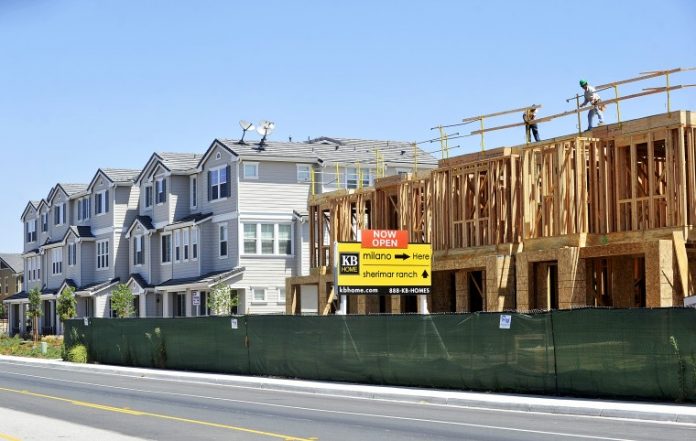
Morgan Hill planners are in the process of deciding which housing development proposals will win permission to build no more than about 230 new homes during the 2014-2015 fiscal year.
Ten residential developers have submitted proposals for subdivisions, apartment buildings and small projects to the Morgan Hill Planning Commission for their review.
Most of the larger of those projects have received allocations in previous years, but have been unable to start building for various reasons. Many of the delays are related to the housing crash of 2008, and the difficulty builders have faced since then to acquire financing for the projects, according to City staff.
For example, the San Sebastian development, a proposed 244-lot gated community, has received allocations each year going back to 2009, but has not started construction, according to a City staff report. For the 2014-2015 competition which is underway, the developer Chris Borello is requesting 20 allocations, according to Morgan Hill contract planner Jim Rowe.
In fact, the housing crash has resulted in a citywide delay in proposed housing construction. Of the 1,290 new homes approved for construction from 2004 to 2014, only 387 building permits have been issued, and 194 homes have been built, according to a City staff report.
The annual housing allotment competition is part of the City’s complex growth control system, which was first approved by voters in 1977. The system is designed to keep the City’s population capped below 48,000 by 2020, by limiting the number of new homes that can be built each year.
The ordinance employs a points system for applicants who “win” allocations based on their projects’ contribution to the overall benefit of the community.
For example, community parks, street and water system improvements, traffic improvements, energy efficient designs and affordable homes can add points to builder’s proposal when submitting permit applications.
The planning commission held public hearings at its Dec. 11 meeting to allow developers to plead their case for more points and their requested number of allotments. The projects will go back to the commission Jan. 8 for approval of the final scores, Rowe said.
About 229 allocations will be distributed to developers for the 2014-2015 competition, Rowe said. Ten projects are seeking a total of about 215 of those allotments.
The rest are being requested by developers in the midst of four “ongoing” projects, Rowe explained. Because those projects are asking for 15 or fewer allocations, they do not have to compete.
Other, larger projects that are already underway, such as San Sebastian near Peet and Half roads, and a 108-unit subdivision by Signature Homes on Hale Avenue, are seeking more than 15 allocations for 2014-2015 and thus have to compete, Rowe said.
A local contractor who has helped developers submit plans and wade through the city’s growth control competition process since 1978 said this year the process has been “more expeditious.”
Bill McClintock of MH Engineering Co., who is working with a number of the developers competing for 2014-2015 allocations, said normally the public hearings held last week would occur much later.
“There weren’t a lot of applications. The city is running out of developable land, and there are not a lot of properties for sale,” McClintock said.
The 229 allocations likely to be approved for 2014-2015 are more than have been available than in most recent years, Rowe said. The allocations went up this year because the 2010 U.S. Census found the City’s population is lower than previously thought.
In the years leading up to the U.S. Census, the city relied on population estimates from the state’s department of finance to determine the rate of housing growth, Rowe said. The state figured the City’s population would be about 40,000 in 2010, but the Census found it to be less than 38,000.
“That translated to a bump in the total allocations,” Rowe said.







